
Stag beetles are a family of about 1,200 species of beetles in the family Lucanidae, currently classified in four subfamilies. Some species grow to over 12 centimetres, but most to about 5 cm (2 in).

Plovers are members of a widely distributed group of wading birds of family Charadriidae. The term "plover" applies to all the members of the family, though only about half of them include it in their name.

Zygophyllaceae is a family of flowering plants that contains the bean-caper and caltrop. The family includes around 285 species in 22 genera.

The insects of the beetle family Chrysomelidae are commonly known as leaf beetles, and include over 37,000 species in more than 2,500 genera, making up one of the largest and most commonly encountered of all beetle families. Numerous subfamilies are recognized, but the precise taxonomy and systematics are likely to change with ongoing research.

The Reduviidae is a large cosmopolitan family of the suborder Heteroptera of the order Hemiptera. Among the Hemiptera and together with the Nabidae almost all species are terrestrial ambush predators; most other predatory Hemiptera are aquatic. The main examples of non-predatory Reduviidae are some blood-sucking ectoparasites in the subfamily Triatominae, with a few species from South America noted for their ability to transmit Chagas disease. Though spectacular exceptions are known, most members of the family are fairly easily recognizable: they have a relatively narrow neck, sturdy build, and formidable curved proboscis. Large specimens should be handled with caution, if at all, because they sometimes defend themselves with a very painful stab from the proboscis.
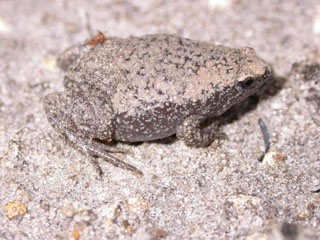
The Microhylidae, commonly known as narrow-mouthed frogs, are a geographically widespread family of frogs. The 683 species are in 57 genera and 11 subfamilies.

Grass skippers or banded skippers are butterflies of the subfamily Hesperiinae, part of the skipper family, Hesperiidae. The subfamily was established by Pierre André Latreille in 1809.
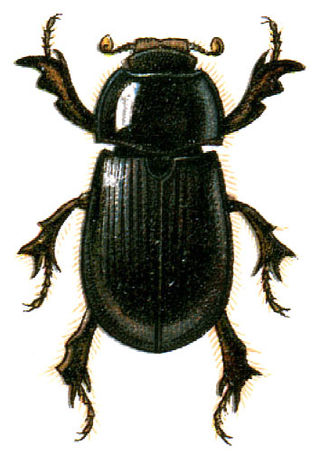
Hybosoridae, sometimes known as the scavenger scarab beetles, is a family of scarabaeiform beetles. The 690 species in 97 genera occur widely in the tropics, but little is known of their biology.
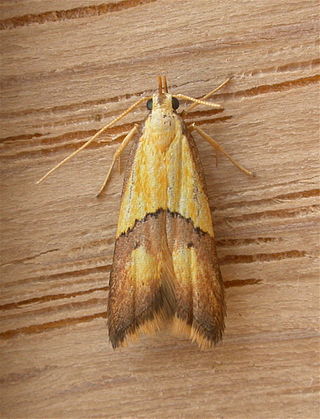
The Lecithoceridae, or long-horned moths, are a family of small moths described by Simon Le Marchand in 1947. Although lecithocerids are found throughout the world, the great majority are found in the Indomalayan realm and the southern part of the Palaearctic realm.

The Alethinophidia are an infraorder of snakes that includes all snakes other than blind snakes and thread snakes. Snakes have long been grouped into families within Alethinophidia based on their morphology, especially that of their teeth. More modern phylogenetic hypotheses using genetic data support the recognition of 19 extant families, although the taxonomy of alethinophidian snakes has long been debated, and ultimately the decision whether to assign a particular clade to a particular Linnaean rank is arbitrary.

The Rhyparochromidae are a large family of true bugs. Many species under Rhyparochromidae are commonly referred to as seed bugs, as are other species within the wider Pentatomomorpha. The family includes two subfamilies, more than 420 genera, and over 2,100 described species.
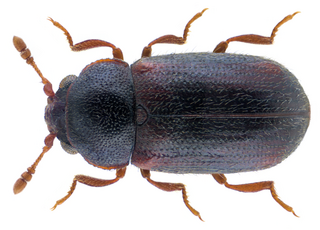
Sphindidae is a family of beetles, in the suborder Polyphaga. They are called slime mold beetles due to their exclusive feeding on slime molds during adult and larval stages, other aspects of their life history are obscure. Palaeontological discoveries since 2015 have added to the geologic history of Sphindidae, including the discovery of Libanopsis, placed in the extinct subfamily Libanopsinae.
Episoriculus is a genus of shrew in the red-toothed shrew subfamily. Its common is brown-toothed shrew. It has been described as a subgenus to Soriculus in the past. The genus occurs at a number of locations in Asia, including Nepal and China.
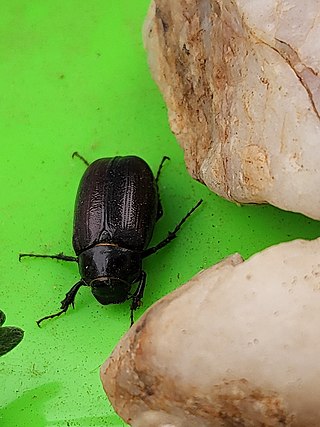
Diplotaxis is a large genus of scarab beetles in the subfamily Melolonthinae. There are at least 250 described species in the genus Diplotaxis distributed over North and Central America.
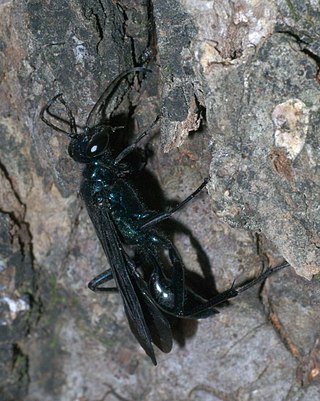
Sceliphrinae is a subfamily of thread-waisted wasps in the family Sphecidae. There are about 6 genera and at least 140 described species in Sceliphrinae.
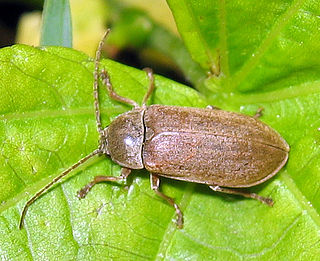
Dascillidae is a family of beetles within the clade Elateriformia. There are about 100 extant species in 11 genera, which are found worldwide. Dascillidae together with Rhipiceridae form the super family Dascilloidea.

Phryganeidae is a family of giant caddisflies in the order Trichoptera. There are at least 80 described species in Phryganeidae.

Mesoveliidae is a family of water treaders in the order Hemiptera. There are about 16 genera and at least 50 described species in Mesoveliidae.

Cicadettinae is a subfamily of cicadas in the family Cicadidae. About 230 genera and 1,200 described species are placed in the Cicadettinae.

The Colubroides are a clade in the suborder Serpentes (snakes). It contains over 85% of all the extant species of snakes. The largest family is Colubridae, but it also includes at least six other families, at least four of which were once classified as "Colubridae" before molecular phylogenetics helped in understanding their relationships. It has been found to be monophyletic.




















